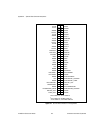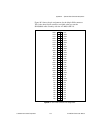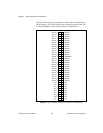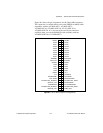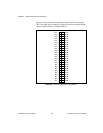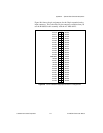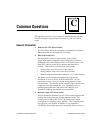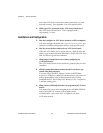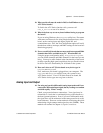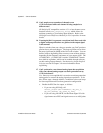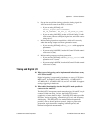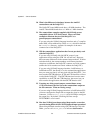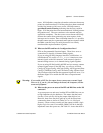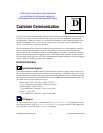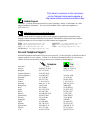
Appendix C Common Questions
National Instruments Corporation C-3 AT-MIO/AI E Series User Manual
10. What special calls must be made in DOS or LabWindows to use
AT E Series boards?
To link in the AT E Series function calls, you must call
USE_E_Series or one of its subsets.
11. What is the best way to test my board without having to program
the board?
If you are using Windows, the WDAQCONF utility has a Test menu
with some excellent tools for doing simple functional tests of the
board, such as analog input and output, digital I/O, and
counter/timer tests. Also, the Test Configuration option will verify
that the base address, interrupt, and DMA settings for the board are
functioning properly.
12. I have several DAQ boards that use more total interrupt and DMA
channels than I have available in my PC. What should I do?
Using the proper configuration utility, WDAQCONF or DAQCONF,
you can disable interrupt and DMA channels for the board you are
using. You may be more limited in the functionality of the board
(usually regarding high-speed acquisition), but you should at least
be able to use basic functionality for all boards in the system.
13. How can I select an AT E Series board as my device type in
DAQCONF or WDAQCONF?
First, make sure your board is plugged into your computer. The
DAQCONF and WDAQCONF utilities scan your system for any
AT E Series devices. If no AT E Series boards are found, the
AT E Series device types are not given as choices.
Analog Input and Output
14. I’m using my board in differential analog input mode and I have
connected a differential input signal, but my readings are random
and drift rapidly. What’s wrong?
Check your ground reference connections. Your signal may be
referenced to a level that is considered floating with reference to
the board ground reference. Even if you are in differential mode,
the signal must still be referenced to the same ground level as the
board reference. There are various methods of achieving this while
maintaining a high common-mode rejection ratio (CMRR). These
methods are outlined in Chapter 4, Signal Connections.



